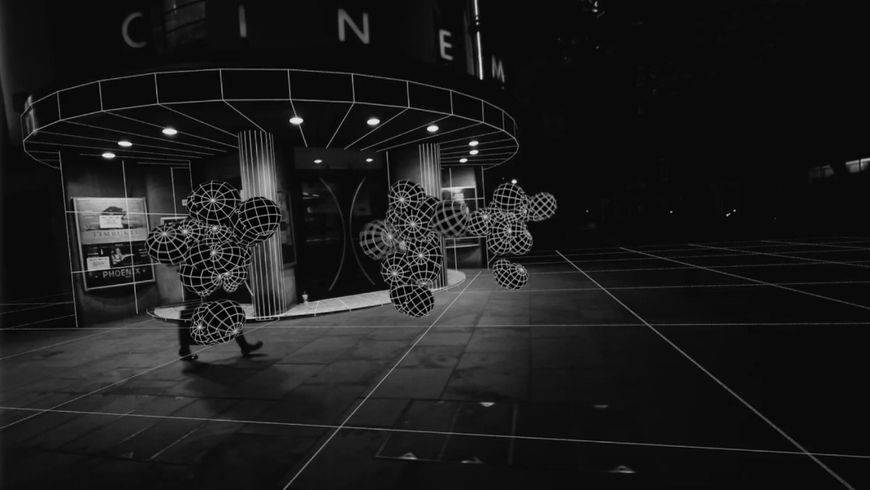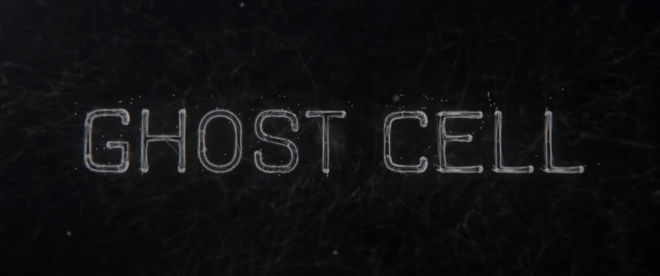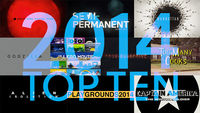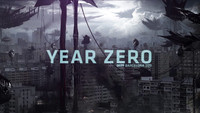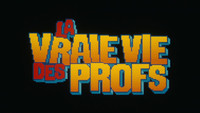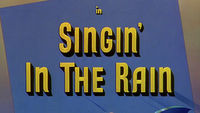There is a brightness in all things, but particularly in bif’s opening title sequence for OFFF Festival 2015, held in Porto, Portugal.
Designers Jules Janaud and Fabrice Le Nezet, otherwise known as bif, were tasked with creating the festival’s main titles and preparing an audience of hundreds for two days of inspirational talks about animation, illustration, and design. As was the case with their previous festival titles work for Playgrounds Fest 2014, the duo let their sense of play and wonder guide them and infuse the work. Paired with music by Echolab and effects support from Mill+, the result is both gritty and light, downtrodden and uplifting. The sun goes down and the figures radiate their colour, dancing away the darkness.
A conversation with Designers FABRICE LE NEZET and JULES JANAUD of the directing collective bif.
The last time we chatted was for your work on Playgrounds Fest 2014. What has bif been up to since then?
Jules: Playgrounds was a starting point to a rich and creative year. It was the beginning of some sort of a “bif style”.
Fabrice: We had a pretty busy year working on several projects: commercials and music videos. We were happy and proud to be alongside the best titles of 2014.
Jules: We love title sequences, being recognized for it by experts means a lot to us.
Fabrice: It is surprising to end 2015 with another titles project! I guess we love it so much.
3D is a very interesting tool to use rich and complex data with slightly twisted minds like we have
So how did you tackle this project? What was the brief from OFFF?
Fabrice: The brief was actually completely open. Héctor Ayuso, creator of the OFFF Festival, didn’t even want to see anything before the festival to keep this as a surprise.
Jules: OFFF is well known for the quality of its titles so I would say the only brief was probably “come up with something fresh and original”.
Fabrice: Initially we wanted to develop some graphic researches we had done a while ago based on the visual representation of characters, using lines and dots, playing with dancing motion capture clips.
Jules: We like data visualization and 3D is a very interesting tool to use rich and complex data with slightly twisted minds like we have. We were developing an old test experiment with abstract motion capture dancing clips.
Fabrice: And then by accident – we love happy accidents – we scaled up some of the joints of the skeleton of a character and we discovered a silhouette of a round chubby quirky fellow dancing.
Jules: We loved it straight away and decided to push the test further.
Fabrice: We shifted toward something with those characters, but made of balls. From this point, we had our initial concept – somehow simpler and stronger with potential to make a short film. That was it, it was funny and playful, so we decided to push further.
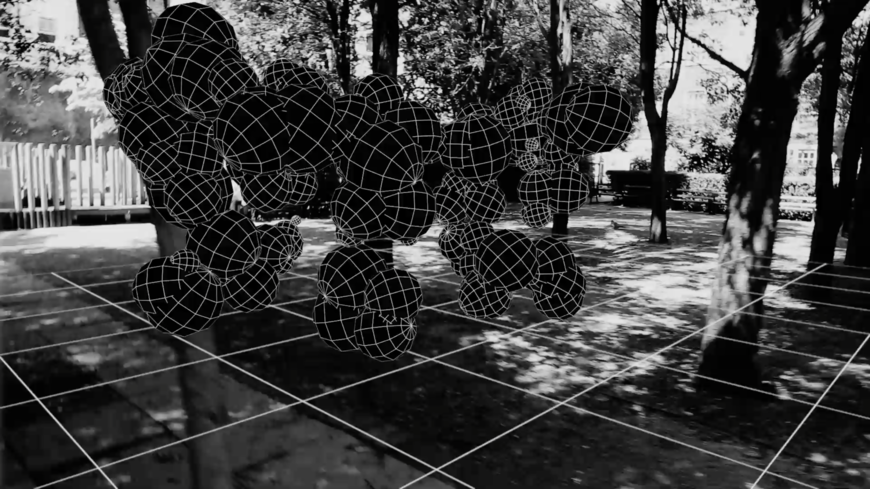
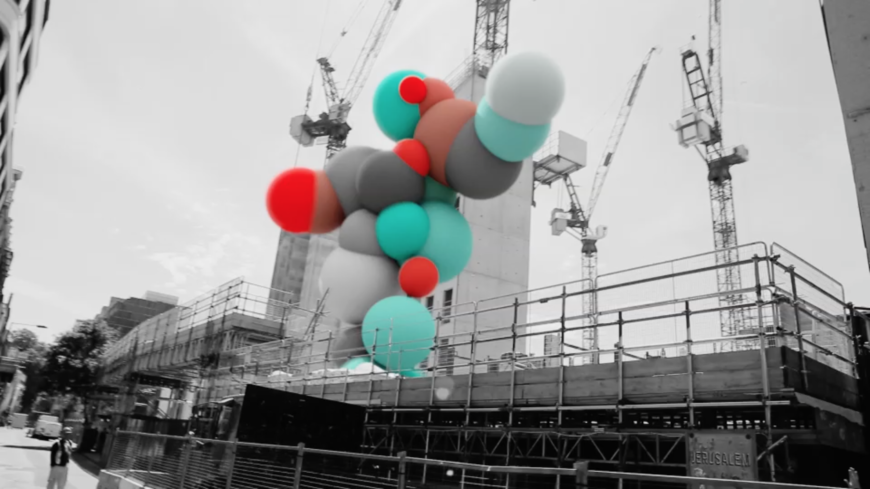
Still from the production process
Jules: We quickly had the idea to have these guys dancing in a real environment. We ended up with some unexpected effects and surprisingly very powerful result without having to create everything from scratch. We took a 5D camera and went filming straight away around London. By doing the test shot we quickly decided that we liked that way of working with a raw, hand-held, live-action kind of look.
We wanted music that would bring a dreamy atmosphere, something you could easily lose yourself in.
Video: VFX shot breakdown by bif
Fabrice: The main idea was to create smooth musical titles, something easy to watch – a bit like a music video. We thought it would be a bit different than all the typical “sci-fi / end of the world / motion graphic” title sequences.
Jules: The look, once we had the first shot, came quite quickly. We wanted to inject some elegance and bring the main focus on the characters, so one way was to shoot live action in black and white and have colours on the bubblemen. The glowing effect was an idea we had at the very beginning.
From there we also found an easy way to bring the names in – it is a title sequence, after all – and create a structure. Each speaker name would be like a small chapter with its own first page: its own character design, its own colours, and then perhaps more gang-mates following.
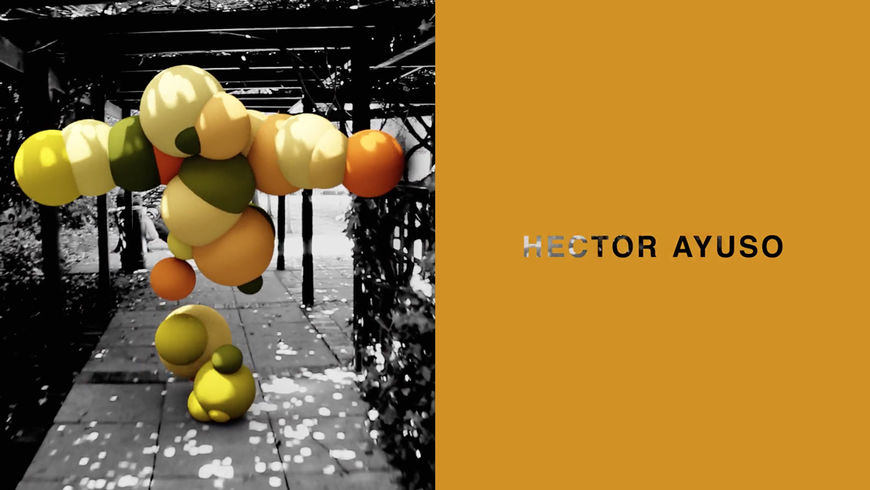

Full sequence contact sheet in which the relationships between each initial figure and its title card and the succeeding figures can be seen
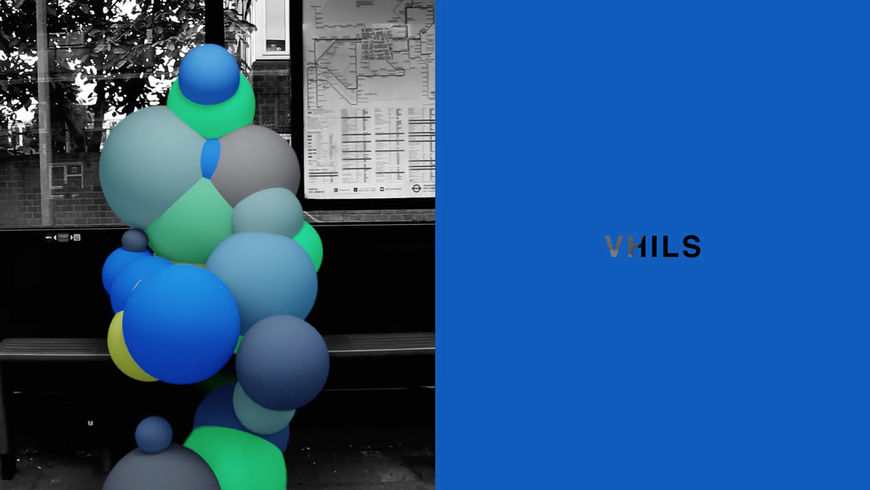
How did you work with the music?
Fabrice: Once we had a first edit, we contacted Gavin at Echolab – who previously worked with us on the Playgrounds Fest title sequence – to see if he would be keen to help us on this one. We knew the music would be very important on this project. Also, because of the picture quality – all handheld shots – we thought it could be interesting to mix the soundtrack with some kind of urban atmosphere to bring a documentary feel to it.
Jules: Gavin started by creating the base layer for all the street and city sound design and then came up with different music options. We wanted music that would bring a dreamy atmosphere, something you could easily lose yourself in. Also the track had to be not too fast in terms of rhythm to preserve the sense of slowness and nostalgia brought by those dancing fellas.


It looks like many of them are doing a specific sort of dance. What kind of moves are those?
Jules: Good question. We used various motion capture clips, but after playing with a Cypriot dance, we decided that it was the one we wanted to use for the dance. It was fun, playful, and offbeat. We loved that dance for its sense of weight and speed – a very good match with the proportion of the bubble guys.
How did you put it all together? What did you use?
Jules: We used Autodesk Maya for the 3D, Nuke by The Foundry for compositing, and Premiere Pro for editing.
And what have you guys been digging lately? What have you watched or read that's been exciting to you?
Jules: Two videos that I find interesting are I’ve fallen, and I can’t get up! by Dave Fothergill, and the Ghost Cell trailer by Antoine Delach. It is a short film, not just a visual experimentation. I like his use of photo-scan – photogrammetry technique – to create his own artistic look.
Ghost Cell trailer by Antoine Delach
Jules: He also used different techniques to be able to animate the characters in the scenes. I like the complexity and level of details of each daily scene in opposition with the very raw 3D finish. It’s just a trailer, but I'm looking forward to seeing the final piece to discover what he manages to create with the storyline.
Fabrice: The books Vernon Subutex 1 and 2 by Virginie Despentes.
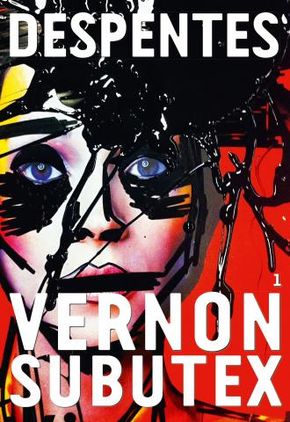
I discovered Virginie Despentes with Vernon Subutex and then started reading some of her other novels – Bye Bye Blondie, Apocalypse bébé. She is for me one of the most talented French writers. I like the modernity and the raw style of her writing. I also love the way she pictures contemporary society through the creation of an eclectic gallery of characters.
Finally, what’s the feeling you wanted to evoke with the OFFF Porto title sequence, and what do you hope people will take away from it?
Jules: There is a quote from designer and computer scientist John Maeda that we believe speaks very well for the piece: “The problem isn’t how to make the world more technological. It’s about how to make the world more humane again.”





